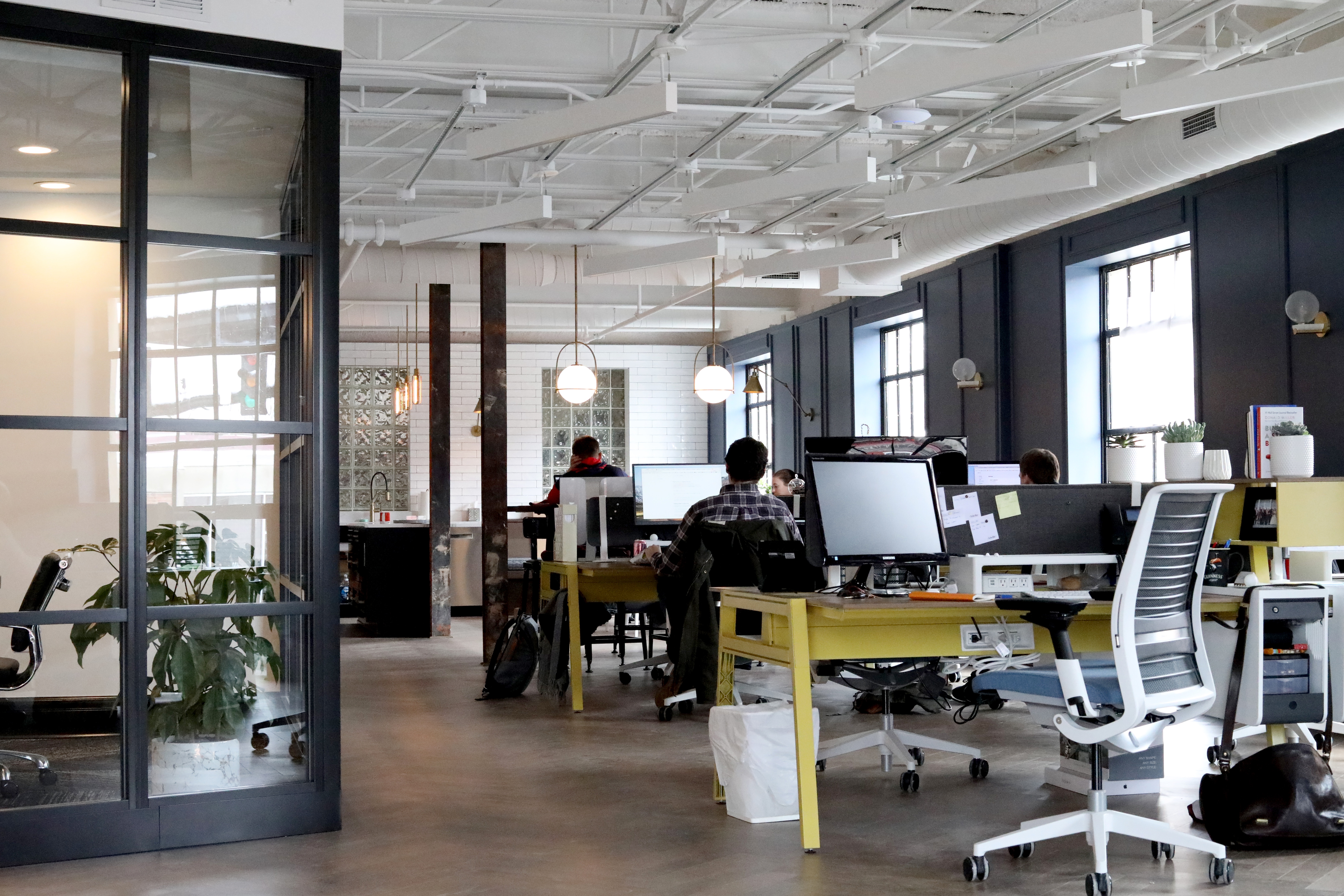- Home |
- Search Results |
- 5 ways to genuinely be innovative and future-proof your business
5 ways to genuinely be innovative and future-proof your business
Founding editor of Wired, David Rowan, has met with countless companies obsessed with innovation but who couldn’t produce results. In Non-Bullshit Innovation, he sets out on a 20-country quest in search of genuine transformation. Based on some of the world's most successful leaders today, he reveals five ways to future-proof your business.

1. Empower your team
How did Supercell, the Finnish creative studio behind Clash of Clans and Hay Day, become Europe’s most successful games company in the most competitive of industries? The answer lies in the company’s name: Supercell is run as a collection of self-determining ‘cells’ where the talent decides what it works on and how. The company’s boss, Ilkka Paananen, told me he wants to be ‘the world’s least powerful CEO’, hiring great people and setting them free to determine exactly how they work, even letting them kill projects they’ve lost interest in without getting his approval. Today, more than ever, it’s the creative ideas of your staff that will determine how your business stays relevant.
2. Consider an open-plan office

Some of the most effective solutions are found when very different people come together to solve a problem. At Google they call it ‘cognitive diversity’: get a physicist and a deep-sea diver to debate an idea, and the chances are they’ll find a fresh approach that a room full of physicists would never think of. But how do you create the conditions for that to happen in more conventional businesses? Workplace design is a powerful starting point. If your office is optimized to encourage unexpected encounters among staff, they’re more likely to collaborate in ways that allow fresh ideas to flow. This is one of the reasons that open-plan offices and sensitively designed co-working spaces can be so effective in generating corporate innovation. Breakthroughs happen when unexpected ideas collide.
3. Find a partner

Whether you’re in manufacturing or media, you have new competitors everywhere who can reach customers cheaply and quickly without raising much capital – through the internet. One way for you to stay ahead is to partner with these upstarts rather than competing with them, building an ‘ecosystem’ that allows all partners to benefit. The Chinese smartphone manufacturer Xiaomi offers a powerful example. As handset prices have fallen sharply in China, the brutal competition has killed most of Xiaomi’s profit margins. But it has come up with a brilliantly effective solution: it’s invested in hundreds of independent startups making everything from air purifiers and battery-charging packs, and branded these products with the Xiaomi logo. Xiaomi gets to offer its phone users a constant stream of profitable new accessories; the startups carry all the risk but get access to Xiaomi’s vast distribution. Everyone wins. How could you partner to build your own business ecosystem?
4. Play to your strengths
Heywood Hill bookshop, located in one of London’s most expensive neighbourhoods, couldn’t pay the rent by competing directly with Amazon. In a digital age, its value as a seller of books was no longer enough to protect it, so they reframed that value in a beautifully profitable way. If Heywood Hill’s expertise in selling books was no longer something that could offer a competitive advantage, what about its expertise in curating collections of books in ways that Amazon’s algorithms could not touch? They now offer bespoke library-building services (the first client spent £500,000) as well as a subscription service that sends thousands of clients a monthly book that’s been personally chosen for them. It comes down to working out where your business can play to your strengths, even if those strengths aren’t the ones your business model was originally built upon.
5. Identify consumer needs

Innovation isn’t about building something new for the sake of it. True innovators find ways to identify and meet unmet customer needs before anyone else can. Intercorp, a vast conglomerate in Peru whose businesses range from banks to supermarkets, couldn’t hire the talent it needed because Peru’s education system has long been too broken to produce enough quality graduates. So it decided to build schools, and even a university, itself. It has now opened 51 schools and is planning to reach 100. The curriculum is designed by some of the world’s greatest education experts, and the fees are priced cheaply enough for lower-middle-class families while still making a profit. After only a few years, Intercorp’s school pupils are reaching double the national attainment targets, while promising the company a future stream of the smartest and best-educated employees. And it’s grown a new profit centre. That’s what true innovation looks like.
Sign up to the Penguin Connect newsletter
By signing up, I confirm that I'm over 16. To find out what personal data we collect and how we use it, please visit our Privacy Policy